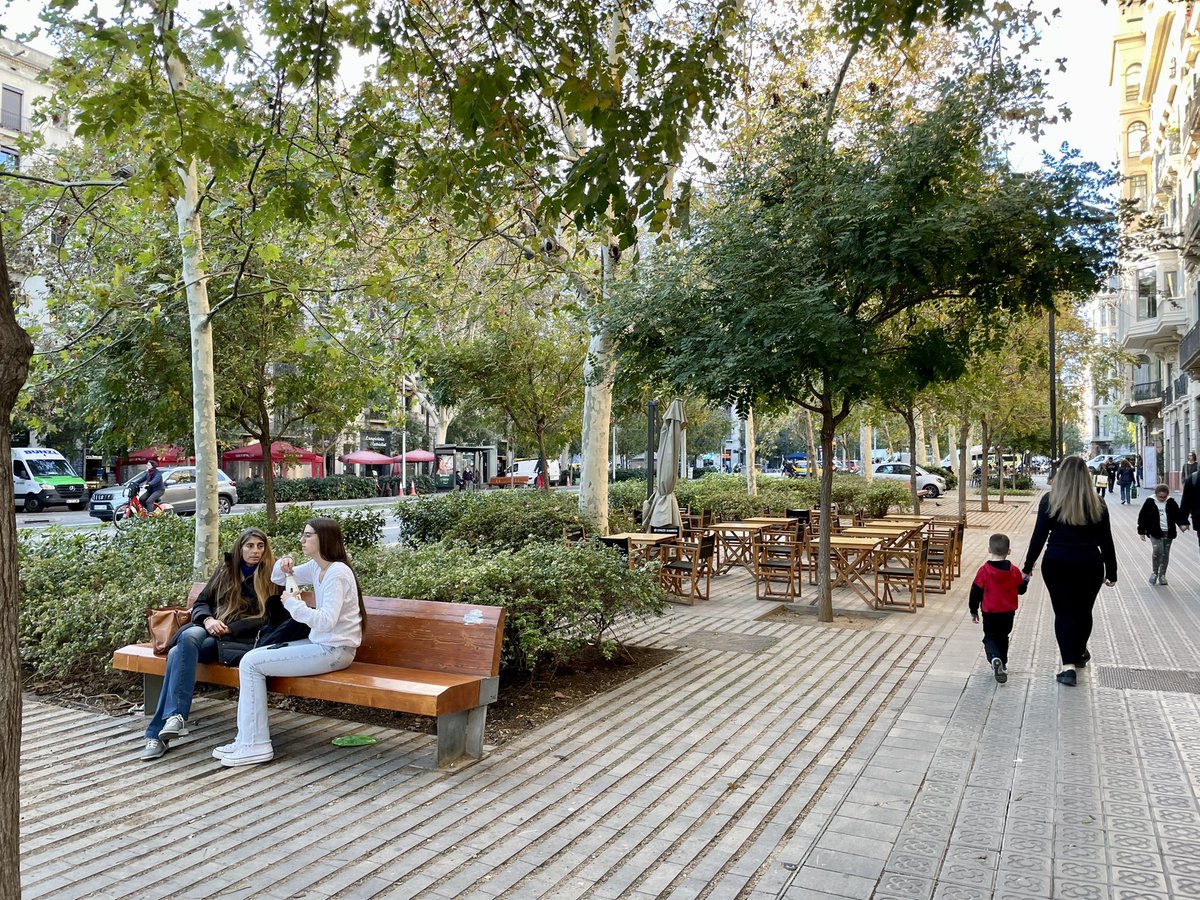THIS IS INTERESTING: 12 Ways to Reduce Cars In Cities that have ALREADY WORKED, ranked by effectiveness, identified from nearly 800 research papers. Via @KA_Nicholas in @ConversationEDU. What do u think, Tweeps? Depends A LOT on the specific case studies… theconversation.com/12-best-ways-t… 

“Popularising electric vehicles comes with the risk of entrenching car dependency. Driverless cars may encourage more miles on the road, which could make traffic and sprawl worse.”
Fewer cars, less driving, more choices, better cities. Via @sky #FCLDMCBC smh.com.au/business/marke…
Fewer cars, less driving, more choices, better cities. Via @sky #FCLDMCBC smh.com.au/business/marke…
Still think making all our current cars EVs is the answer? Only 5% of cars in California are currently EVs.
Fewer cars. Less driving. More choices. Better cities. #FCLDMCBC
Fewer cars. Less driving. More choices. Better cities. #FCLDMCBC

“The technologies unleashed by Silicon Valley are not neutral. They contain within them the world views of the people who develop them… they champion ideas that would ensure that automobiles continue to dominate our transportation system…“ — @parismarx in “Road to Nowhere.” 

Clearly I’m not saying EVs aren’t part of the broader solution, but the main goal HAS to be less driving & fewer cars. Picture tobacco companies selling “better cigarettes” as the solution (which can actually lead to MORE smoking), when we know the solution is to limit smoking. 



.@VLADDO: “I’ve read you’re not very happy with electric cars b/c they don’t help urban mobility, is that right?”
Me: “That’s an overstatement. What concerns me is when EVs are held up as the whole solution. At most they’re part of the solution, & not the most important part.”



Me: “That’s an overstatement. What concerns me is when EVs are held up as the whole solution. At most they’re part of the solution, & not the most important part.”




This is REALLY important for decision-makers & media to understand — if EVs are getting bigger & bigger (SUVs, trucks & even Hummers), we’re FAILING in addressing the #ClimateCrisis, vehicle collision deaths, public costs, etc. Via @parismarx @techreview technologyreview.com/2022/10/26/106…
Let’s try another way— Yes, electric vehicles are a part of the better mobility/#ClimateCrisis solution. But there’s a hierarchy of importance/effectiveness:
1. Many more mobility choices & better cities with fewer cars & much less driving
2. *long pause…*
3. THEN “better cars”
1. Many more mobility choices & better cities with fewer cars & much less driving
2. *long pause…*
3. THEN “better cars”
“The Hummer EV tips the scales at just over 9k lbs—that’s some 4k more than the H3 & equivalent to around 3 Toyota Corollas…But at least the Hummer EV is electric, so it will help fight #climatechange, right? Well, don’t count on it.” Via @FastCompany fastcompany.com/90790197/yes-t…
Never forget, an electric version of an awful vehicle is still an awful vehicle.
https://twitter.com/DavidZipper/status/1593581073467936768
• • •
Missing some Tweet in this thread? You can try to
force a refresh





























